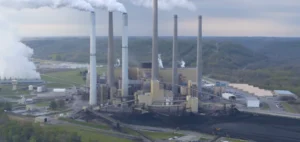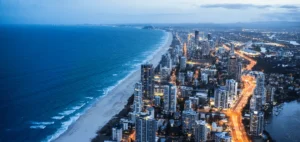The tragic incident at a coal mine in China’s Heilongjiang province on November 28, 2023 raises serious questions about worker safety in the mining industry. According to Chinese state broadcaster CCTV, the accident occurred at 2.40pm local time, in a mine near Shuangyashan, some 130 kilometers from the Russian border. While the causes of the accident are still under investigation, the first hours following the incident confirmed the death of eleven miners.
Safety in Chinese Mines: A Constant Challenge
Despite significant improvements in safety standards over recent decades, China’s coal mines continue to present significant risks. Official figures show that last year, 245 people lost their lives in 168 mining accidents. This highlights a persistent problem in a sector where the implementation of safety regulations remains inconsistent.
The Challenges of Regulation and Transparency
The Shuangyashan accident reopens the debate on the transparency and effectiveness of safety measures in Chinese mines. Previous incidents, such as the fire in a coal mine in Guizhou province in September and the collapse of a mine in Inner Mongolia in February, highlight a worrying trend towards omission or delay in reporting. These practices hinder not only the overall understanding of risks, but also efforts to improve safety.
Economic and human impact
Beyond the loss of life, these repeated accidents have profound economic implications, particularly for towns like Shuangyashan where coal production is the main industry. The impact of these tragedies is not limited to the victims and their families, but affects the entire local economic structure, exacerbated by extreme weather conditions, such as the low temperatures recorded on the day of the accident.
This recent incident raises critical questions about the measures to be taken to guarantee the safety of minors. Better regulation, stricter supervision and greater transparency are essential to prevent such disasters in the future. As the world leader in coal production, China faces a major challenge: balancing economic imperatives with the safety and well-being of its workers.
The accident at the Shuangyashan mine reveals the persistent challenges in China’s mining sector, underlining the urgent need for reforms to ensure worker safety and the sustainability of the industry.






















